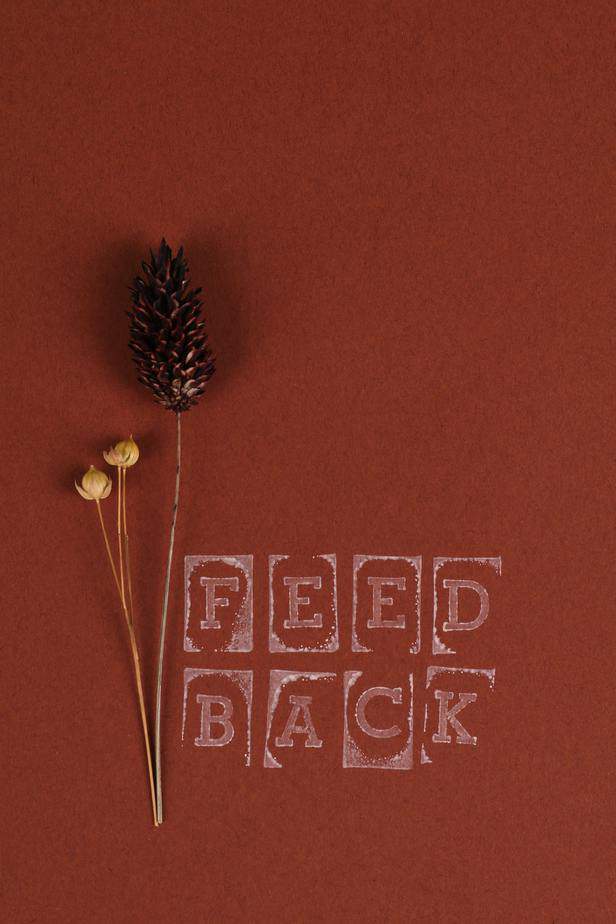The Beta Reader as a proposed road to writing success
While having a “beta reader”, someone to read your writing and give you feedback, is enormously helpful, it can also be fraught with interpersonal complications. For most writers, their work is extremely personal and a rejection of a word, sentence or chapter of their writing can be hurtful. Here are some tips for finding—and keeping—a good beta writer.
We often think of writing as a solitary act, but there is a reason why so many successful authors have a long list of people to thank when they publish a book. Many of the most famous writers in history have been members of writers groups, communities of like-minded creatives who supported each other and offered constructive feedback.
Ernest Hemingway, James Joyce, Ezra Pound, Gertrude Stein and F. Scott Fitzgerald— members of the “Lost Generation” were some of the famous writers in a group they called “Stratford-on-Odeon”, an indirect reference to the bookshop they frequented called Shakespeare and Company. Though they all had distinct styles and aesthetics, these formidable trailblazers of modernist writing acknowledged the influence that each had on the other. Hemingway in particular realized soon after encountering Stein and her “cubist writing” that he had a lot he could learn from her. Unfortunately, after several years their relationship became tenuous and both felt generally insulted by the other’s input. By the end of his career, Hemingway entirely denied Stein’s influence on his work.
(1) Choose someone you respect to be your beta reader.
You might be inclined to choose someone who feels most accessible or someone who you consider likeable. And I’m not saying you shouldn’t ideally find someone that you generally like or someone who is compassionate. Sharing your work with someone can be intimidating, so it’s good to find a beta reader who will consider your feelings to some extent. However, it’s ultimately unsatisfying to have someone read your work and just tell you that everything is “GREAT” when what you really need is someone to help you grow in your craft and work towards your goals. An ideal beta reader is going to know how to challenge you—push you, even—but tactfully. Look for fellow writers who seem to have mastered qualities in theirwriting or habits in their writing practice that you hope to foster in your own work.
(2) Make sure to communicate your expectations from the start.
How do you want your beta reader to communicate their feedback with you? How quickly do you expect your beta reader to read your updates and comment? What type of feedback do you want? A lot of beta readers can confuse their role as your editor. While editorial feedback or grammar tips can be useful, most writers in the early stages of their work benefit more from input on the readability of their work and more big picture questions about how they are developing their main ideas and themes. Make sure your beta reader knows what type of input will be most helpful to you during this stage of writing.
(3) Consider any accommodations to your beta reader to make his or her job easier.
Some readers prefer the tactile experience of having a freshly-printed copy of a manuscript, essay or poem and the satisfaction of pulling out their red pen to scribble furiously all over it. Some prefer the back and forth communication that a Google Doc provides with its commenting feature. One thing you definitely want to avoid is sending them your draft, then an hour later sending them an updated draft where you changed something around, then ten minutes later realizing you forgot to add something and send yet another draft. It’s exciting to send something you have been working on to someone else, but make sure it’s ready before you do.
(4) Try to meet face to face once at least once in awhile.
So much can be accomplished remotely these days and I am grateful for peers who are proficient with remote methods of communication like email, messaging, file sharing, and online workspaces. However, there really is no replacement for face to face communication. I especially recommend meeting in person if you and your beta reader are experiencing tension or any awkwardness. It’s much better to work through roadblocks when you connect with the other person more closely. If things are going well, I still recommend meeting once in awhile. The best ideas and inspiration come from this kind of time together.
(5) Say thank you again and again in as many meaningful ways as you can.
Most likely, your beta reader is going to be helping you for free. Keep in mind that they are devoting a lot of time to your work, time that they could be spending doing any number of things. If your beta reader’s feedback is helpful to you, make sure you express that whenever you have the opportunity to do so. If it’s not helpful, consider if it’s a communication issue or if you simply don’t have the right beta reader. Sometimes it takes a few tries to find someone who seems to really “get” you, and that’s ok. Either way, your beta reader deserves a heartfelt thank you for their time.
Benefit of the Right Beta Reader
Finding the right beta reader can take some time and thought. Like any relationship, it can be complicated and there is the risk of feelings being hurt. It’s important to take the time to choose the right person and establish the right tone in moving forward. I can say from personal experience, I have benefited tremendously from my beta readers, not only their feedback, but their support in validating the work I am doing.
Writing doesn’t have to be a solo effort. Finding the right people to help you can make all the difference.
Western Pennsylvania collaborative opportunities
- Writer’s Block Party (Brookville)
- Stained Glass Writers (Punxsutawney)
- The Bridge Literary Arts Center (Franklin)
- Events Calendar
- TWJ Workshops
- TWJ Publishing (long-form)




